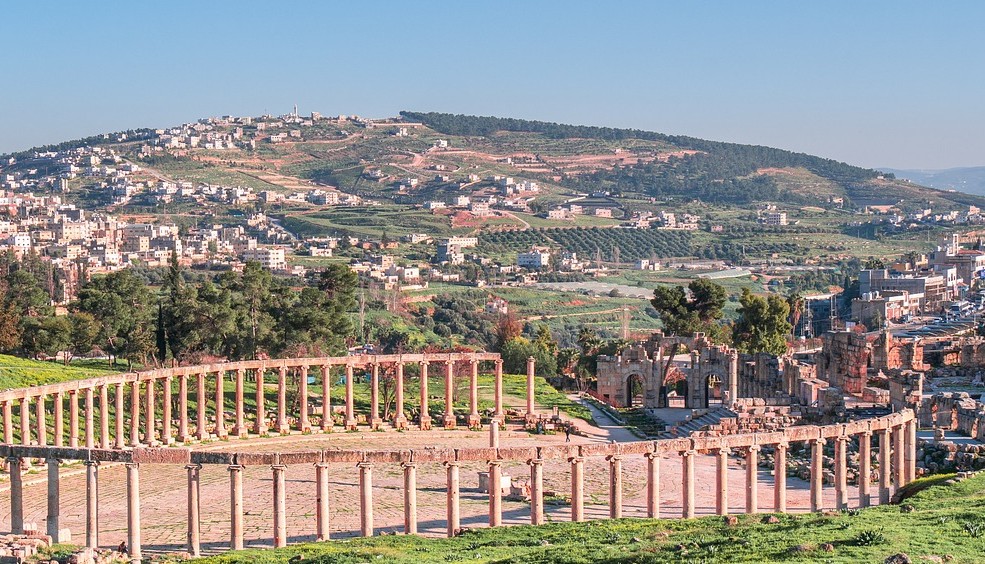5 top destinations this summer (2023)
If you're still undecided about where to go this summer, we're about to make it easy for you. We have prepared a few ideas, both popular and less well known, that will get people talking this year.
more infoFIVE OFFBEAT WEEKEND DESTINATIONS (FOR SOMETHING DIFFERENT)
Looking for a different kind of destination to get away? Keen to discover somewhere new? Pack your bag and head to these cities which you've probably never visited.
more infoCANARY ISLANDS: THE PERFECT DESTINATION FOR A WINTER BREAK
If you’re looking for somewhere to go on a bank holiday weekend, your next holiday or just to escape the cold, the best place we can think of is the Canary Islands!
more infoAsturias, where eating well is a given
Fabada, cachopo, cheese, cider, fresh fish, traditional sweets, excellent tapas and Michelin-starred restaurants. Asturias boasts amazing cuisine pure and simple, no pretence.
more info




